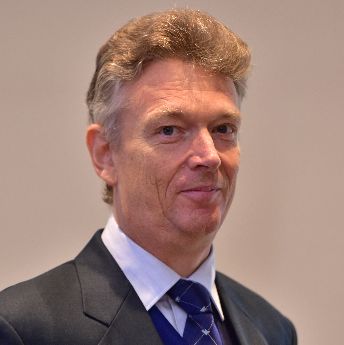How a 1% DBT Commission Could Undermine India’s Financial Inclusion Efforts
 by Manoj Sharma, Graham Wright and Pawan Bakshi
by Manoj Sharma, Graham Wright and Pawan Bakshi May 6, 2015
May 6, 2015 1 min
1 min
This PB focuses on last-mile banking agent (Bank Mitr) networks that will
disburse DBT payments and enable customers to access their bank accounts.
Weak Bank Mitr networks (with a reported annual attrition rate of 25-35%) in India could severely undermine the PMJDY and the DBT plans of the Government of India. Many Bank Mitrs have stopped offering services because of low commissions for processing G2P payments. However, the government released an Office Memorandum on 16th January 2015 setting the DBT commission rate for rural areas at 1% – much below the costs of delivering the monies and could potentially derail the entire financial inclusion effort of Government of India.
Task Force on Aadhaar-Enabled Unified Payment Infrastructure estimated that a 3.14% DBT commission would be adequate. A new MicroSave costing exercise found that the cost for processing transactions through the agent network is at least 2.63% for each transaction– much higher in more remote rural areas. Prima facie cost to the government for paying DBT commissions appears high, however it could be offset by huge potential savings from reduced administrative costs and reduced payment leakages. A 2011 McKinsey & Company analysis of India’s government payment system, estimated it to be Rs. 1 lakh crore annually (US$22.4 billion).
If the Bank Mitr network needs to be made more sustainable and ensure quality services, an adequate commission rate (MicroSave estimates this to be a minimum of 3%) for the first few years of PMJDY should be considered which can be reduced as the programme scales.



Leave comments